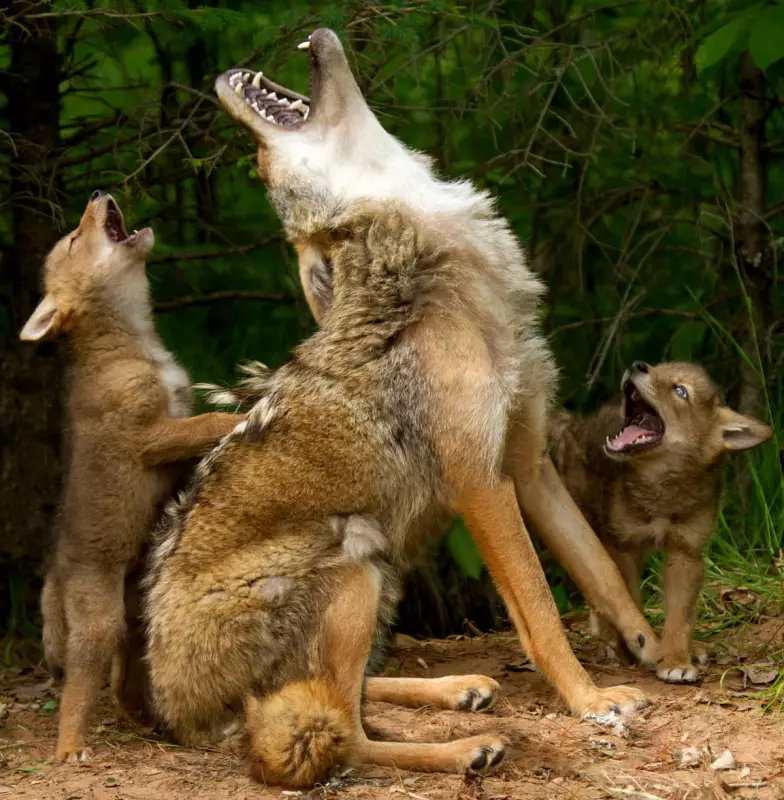
The iconic greenery of New York's Central Park, a haven for joggers, tourists, and songbirds, has a startling new resident: the wild coyote. This sighting is no longer a bizarre anomaly but a potent symbol of a dramatic shift occurring across the United States, as these adaptable predators increasingly call major metropolitan areas home.
Wildlife experts are now confirming what many city dwellers have glimpsed on doorbell cameras and in twilight hours: coyote populations are not just visiting but establishing territories within urban landscapes. From the lakefront of Chicago to the sprawling suburbs of Los Angeles, the howl of the coyote is becoming an unexpected urban soundtrack.
The Urban Pioneers: How Coyotes Conquered the Concrete Jungle
Their success is a testament to remarkable adaptability. Unlike many species that flee human development, coyotes have evolved to thrive within it. These intelligent canines are opportunistic omnivores, with a diet that can include rodents, rabbits, fruit, and, unfortunately, unsecured rubbish. Our cities, it turns out, provide a surprisingly rich buffet.
"We built the perfect environment for them," explains a urban ecologist from Columbia University. "We eliminated their main competitors, like wolves and cougars, and then we provided an endless food source in the form of our waste. They didn't invade; they moved into the niche we created."
Safety, Coexistence, and the Path Forward
The presence of a top-tier predator in a public park naturally raises concerns about safety. However, authorities and biologists are quick to point out that attacks on humans are exceedingly rare. Coyotes are typically wary and avoid contact.
The real conflict often lies with domestic pets. Small dogs and cats can be perceived as prey. This new reality necessitates a change in behaviour for city residents:
- Never feed coyotes: This erodes their natural fear of humans and leads to problematic behaviour.
- Secure your rubbish: Use robust bins with locking lids to avoid providing an easy meal.
- Keep pets leashed and supervised: Especially during dawn and dusk, which are peak activity times for coyotes.
- Haze them: If a coyote approaches too closely, make yourself look big, make loud noises, and assertively shoo it away to reinforce a healthy fear of people.
This isn't a problem to be solved by eradication, but a dynamic to be managed. The conversation is shifting from removal to intelligent coexistence. As one wildlife official noted, "They are here to stay. The question is, how do we learn to live with them safely?" The coyotes of Central Park are a powerful reminder that the wild is not as distant as we might think, and our cities are ecosystems too.





